Political economy refers to the distribution of political and economic power in a given society and how that influences the directions of development and policies that bear on them. In India where the vast masses of the people are poor and often socially disadvantaged, a relatively small minority holds much of the power, although in recent years democratic expansion has started to loosen the grip of elite control. In terms of economic interests the groups which have often been identified as powerful include large and medium business houses, large and medium sized farmers, the upper echelons of the salaried class, and the top layer of unionised labor.
There have been learned, and sometimes intense, debates, particularly among Marxist scholars on the nature of class formation and mode of production in India. Since empirical data on different categories are often limited to size groups of land holdings, or to asset holding groups and to corporate market shares, it is not easy to clearly demarcate the different economic interest groups, and it is even more difficult to delineate the cross-cutting cleavages of economic and social stratification. And on how the groups get organised and exercise their power, we usually have mostly anecdotal and case-study evidence.
We have more quantitative evidence on wealth distribution, which, of course, is highly unequal in India. According to National Sample Survey data, in 1991 while more than half of the households had less than Rs. 50 thousand in assets (physical, including land, and financial), only about 10 per cent of rural households and 14 per cent of urban households had assets exceeding Rs. 2.5 lakhs. (The Market Information Survey of Households carried out by National Council of Applied Economic Research, NCAER, suggests that in terms of income, about 12 per cent of households in India in 1998-9 had annual income of above Rs. 1.05 lakh, while 40 per cent of households had less than Rs. 35 thousand of annual income).
But the inequality in human capital (e.g. education) is much more than in physical or financial capital. According to World Bank estimates, inequality in adult schooling years among people in India is much higher than that in not just Sri Lanka, China, Vietnam or Indonesia, but also than in most Latin American countries including Brazil and Mexico. The gulf between the educated and the uneducated in India is largely reflected in the social and economic disparity between those who do manual work and those who do not. This is the big dividing line in India, and is much too frozen over time, as education (particularly, at secondary levels and above), which is the main route of intergenerational mobility is available (or affordable) to a small group of people, whose boundaries expand much too slowly. In terms of occupation categories, the above-mentioned NCAER data suggest that salary-earners, professionals and businessmen constituted the heads of about 22 per cent of households in 1998-9 (since this excludes some unmeasured number of those described as cultivators who may also avoid manual work, the actual proportion of households with heads in non-manual occupations is likely to be higher). Since the overwhelming majority of manual workers are not organised, they hold little political power as workers. Of course, they are at election times often mobilised as social groups (divided on caste, community, religion or regional lines) which give them some intermittent collective electoral power. Even when social and economic interest groups (belonging largely, say, to the top two deciles of the population) are influential, their influence is somewhat dissipated by extreme fragmentation. In terms of social and economic divisions the Indian elite may be more fragmented than the elite in most other countries, reflecting the fact that India has one of the world’s most heterogeneous societies. This gives rise to what political scientists call a ‘collective action’ problem, i.e. the actors find it difficult to get their act together. It is more difficult for them to agree on a goal, and even when they agree on a goal, it is difficult for them to coordinate their actions to achieve that goal

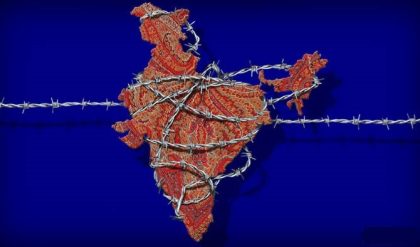
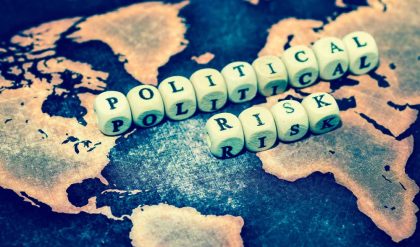
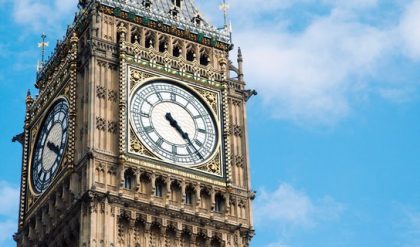
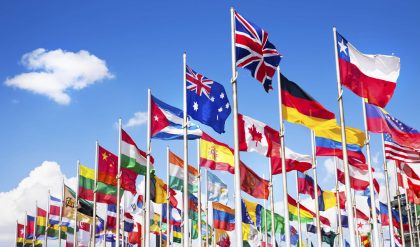
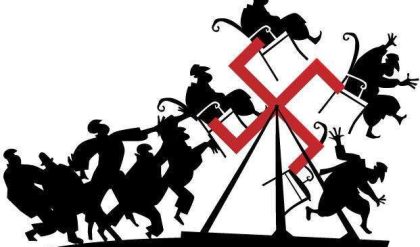
Comments are closed.